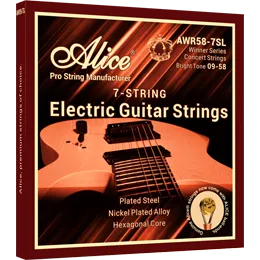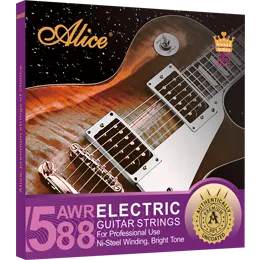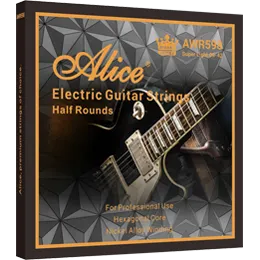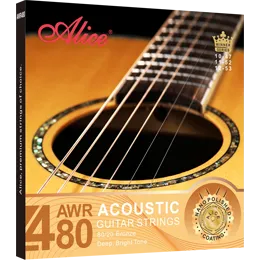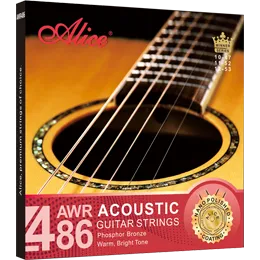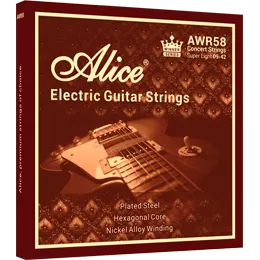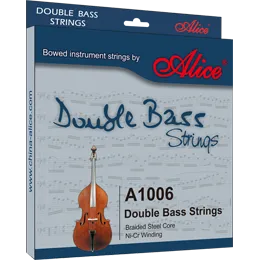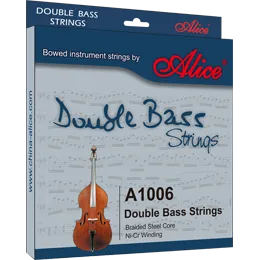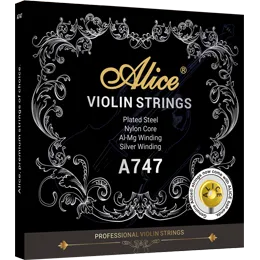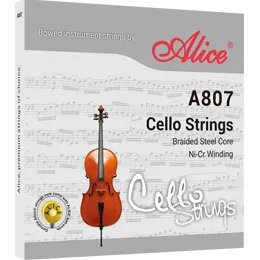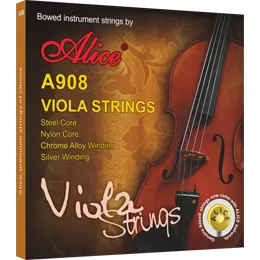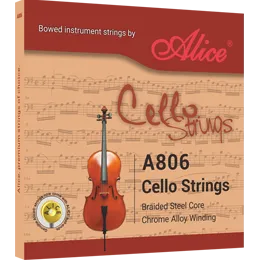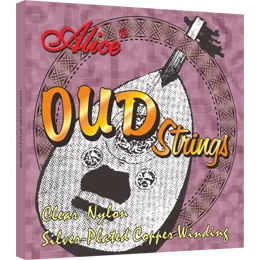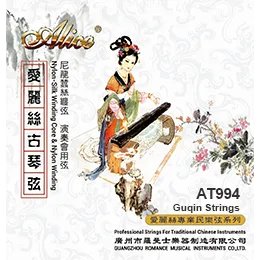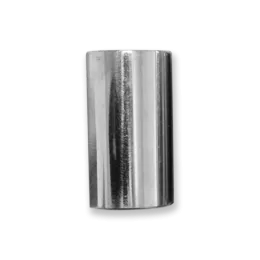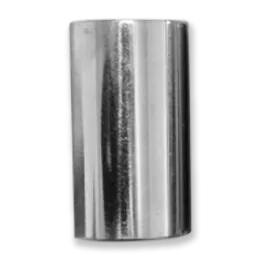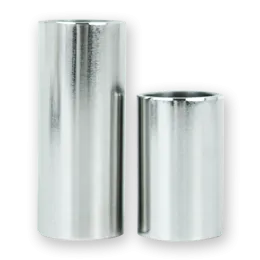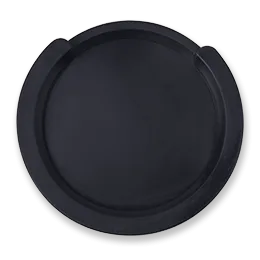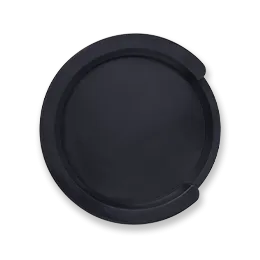OEM Guitar String Customization: A Detailed Guide to the Process
In today’s competitive musical instrument market, more brands and retailers are turning to OEM (Original Equipment Manufacturer) guitar strings to offer products under their own names. Whether you’re a startup music brand, a professional luthier, or a well-established music store chain, OEM customization allows you to tailor your guitar strings to meet the specific needs of your customers while building brand identity.
But how does the OEM guitar string customization process actually work? What decisions need to be made, and how can you ensure a high-quality result? This article breaks down the OEM guitar string manufacturing journey—step by step—from design concept to finished product.

1. Product Planning: Define Your Needs and Target Market
The first step in the OEM process is to clearly define your product goals. Are you aiming to serve beginner guitarists, professionals, or a niche market like classical players or fingerstyle enthusiasts? This decision will guide the specifications of your string, including:
String type: Electric, acoustic, classical, bass, ukulele, etc.
Gauge: Light, medium, heavy, or customized hybrid sets.
Material: Nickel-plated steel, stainless steel, phosphor bronze, 80/20 bronze, nylon, etc.
Coating options: Uncoated for raw tone, or coated for longer life.
This planning stage also includes competitive analysis—understanding what’s already popular in your target market and how your strings can offer something unique.
2. Technical Specification and Customization
Once your goals are defined, the next step is working with the manufacturer to set technical specifications. OEM guitar string factories, like those with years of export and production experience, will usually offer technical consultations to help clients make informed decisions.
Key customizable elements include:
Core wire: Hexagonal or round core, affecting flexibility and tone.
Wrap wire: The outer material for wound strings, which influences tone color and sustain.
Tension balance: Adjusting tension across strings for specific genres or playing techniques.
String length and ball ends: Custom sizes or color-coded ball ends for branding or functionality.
Some advanced OEM suppliers can even help develop entirely new string formulations or experimental sets.
3. Sample Development and Testing
After confirming the specifications, the manufacturer will produce prototype samples for testing. This is a critical step in ensuring the strings meet your expectations.
The sample testing phase allows you to evaluate:
Tone and sustain
Tuning stability
Comfort and playability
Longevity under different environments (humidity, heat, etc.)
Professional guitarists, internal testers, or even end-users from your market can be involved in this testing phase. Based on feedback, adjustments can be made before proceeding to mass production.
4. Brand Identity and Packaging Design
OEM is not just about the strings—it’s about how your brand presents them to the world. Once the product itself is finalized, attention shifts to the packaging.
You can customize:
Packaging format: Individual paper envelopes, foil pouches, multi-string sets, bulk coils, etc.
Design: Logos, colors, branding elements, QR codes, product descriptions.
Materials: Eco-friendly, recyclable, anti-corrosion sealed packs, etc.
Professional OEM providers will typically offer design templates or full design services if needed. Remember, good packaging not only protects the product but also helps sell it on the shelf.
5. Mass Production and Quality Control
Once everything is approved, production begins. High-quality OEM factories operate under strict quality control systems, including:
Wire tension checks
Winding precision inspections
Coating consistency
Packaging integrity tests
Some suppliers provide detailed quality reports or even video updates of the production process for full transparency.
Turnaround times can vary depending on order quantity and customization complexity, but most reputable factories can handle small trial runs as well as large bulk orders.
6. Logistics and Global Shipping
The final stage involves coordinating global delivery to your warehouse, store, or distribution network. Experienced OEM string suppliers usually offer support with:
Customs documentation
Certificates of origin
Packing lists and invoices
Shipping method options (air, sea, express courier)
Depending on your location and order size, the manufacturer may even help consolidate shipments to save costs and reduce environmental impact.
Why OEM Guitar Strings Are a Smart Business Move
With OEM strings, you’re not just reselling someone else’s brand—you’re building your own. Custom guitar strings give your business:
Brand identity
Control over quality and specifications
Increased profit margins
Unique positioning in a competitive market
Whether you're an online store offering signature sets or a physical retailer looking for store-branded accessories, OEM strings let you serve your customers more directly and build long-term loyalty.
About Alice Strings
Alice Strings is a global leader in the design and production of high-quality guitar and instrument strings. With decades of experience and modern manufacturing capabilities, Alice offers a full range of OEM services for partners worldwide. From custom material selection to packaging design, Alice works closely with clients to create strings that reflect their brand values and market needs.
Whether you’re starting a new line of signature artist strings or launching a custom store brand, Alice provides professional OEM support with strict quality control and global shipping services.
Relate News
-
 Alice Strings is a trusted global brand offering a full range of high-quality strings for orchestral instruments, including violins, violas, cellos, and double basses.
Alice Strings is a trusted global brand offering a full range of high-quality strings for orchestral instruments, including violins, violas, cellos, and double basses. -

Orchestral Strings Explained: A Beginner-Friendly Guide to Violin, Viola, Cello, and Double Bass
Alice Strings is a trusted global brand offering a full range of high-quality strings for orchestral instruments, including violins, violas, cellos, and double basses. -

Tone Comparison of Brass Alloy, Phosphor Bronze, and Coated Guitar Strings
Alice Strings is a trusted global brand in the world of musical accessories, offering a wide range of acoustic guitar strings, including 80/20 bronze, phosphor bronze, and coated variants.


